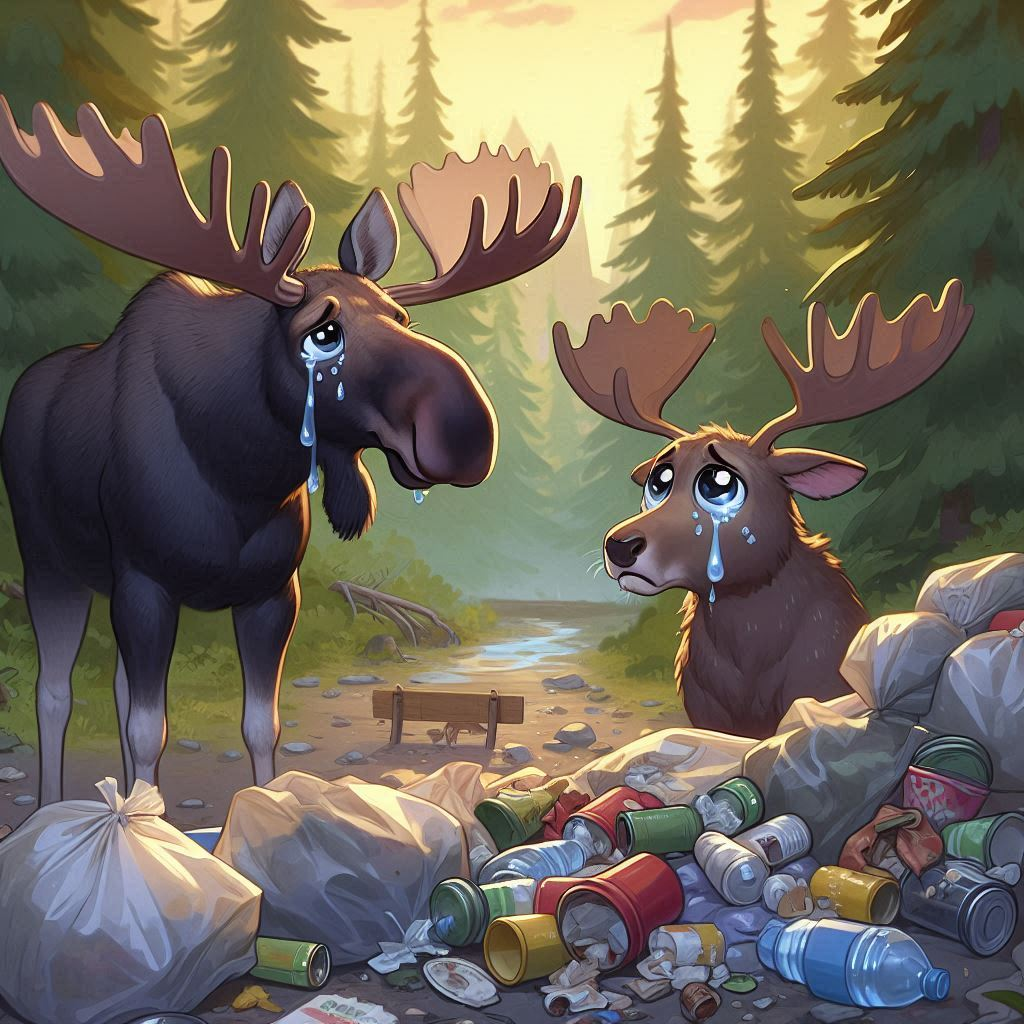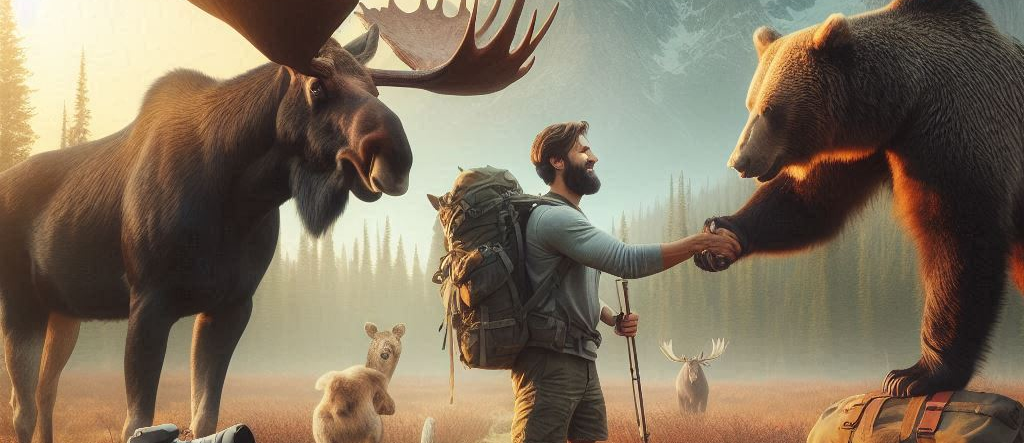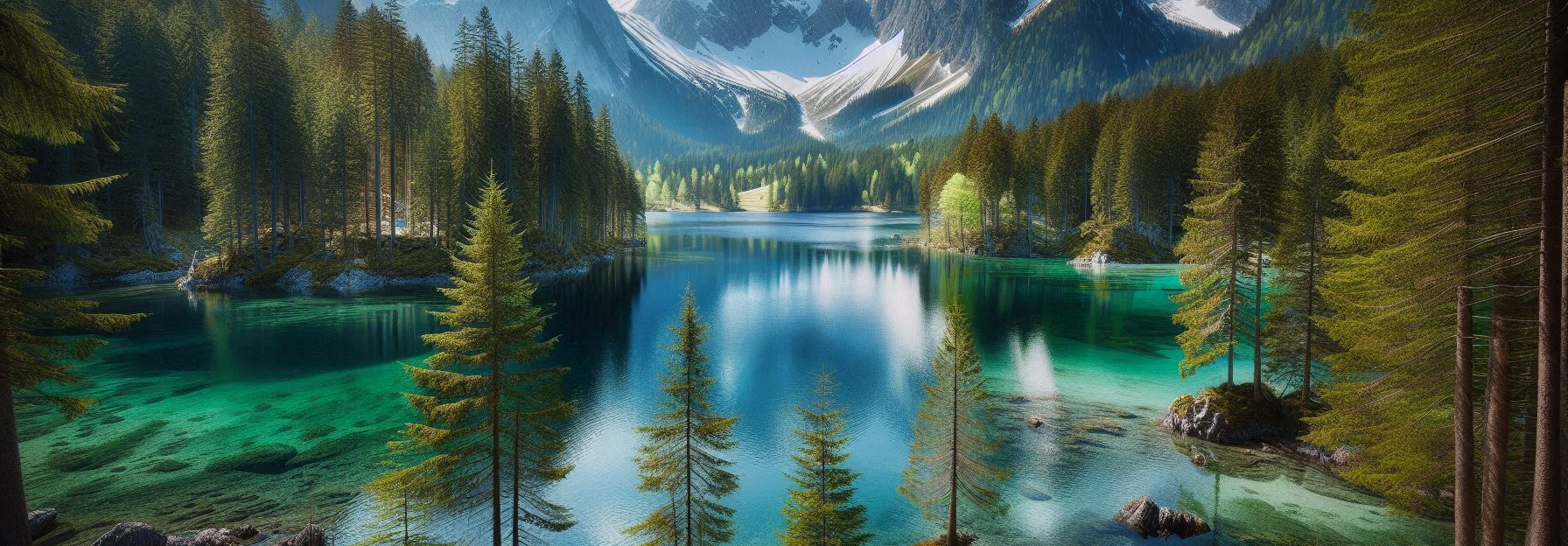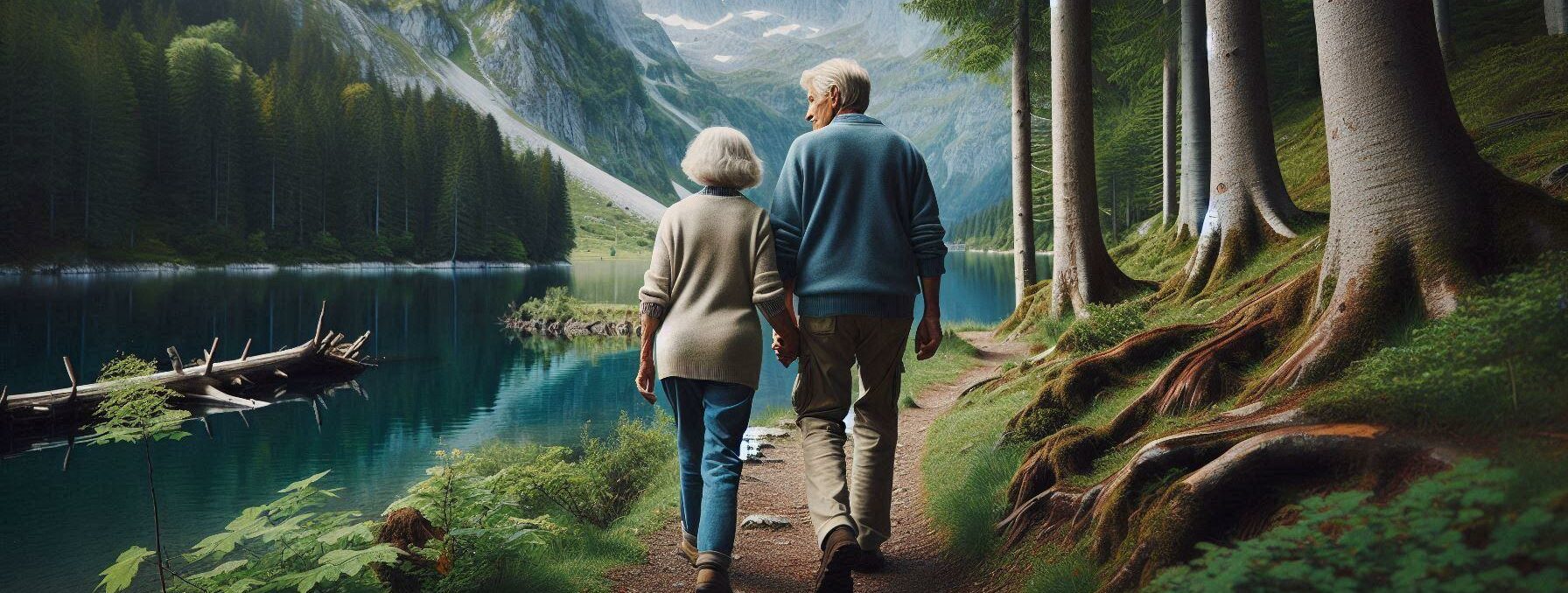You might be familiar with ‘Leave No Trace’, but let’s take a closer look at what it really means. Leave No Trace is a set of outdoor ethics promoting conservation in the outdoors. It’s all about making sure we enjoy the natural world responsibly and sustainably, so it remains pristine for others and for future generations.
I’m going to walk you through the seven principles that form the bedrock of Leave No Trace. These aren’t just rules to follow; they’re a way of thinking. From planning your trip to disposing of waste properly, each principle guides you to minimize your environmental impact.
Why is this important, you ask? Well, the choices we make in the wild have long-lasting effects. When we’re not mindful, we can cause unnecessary harm to the environment. That might mean soil erosion, water contamination, or disturbing the delicate balance of an ecosystem. Leave No Trace isn’t just a nice-to-have; it’s a must-have philosophy for outdoor enthusiasts.
The principles are not just about protecting plants and landscapes. No, they’re also about respecting the magnificent creatures that call these places home. That’s where Leave No Trace and wildlife intertwine. By following these principles, we ensure that our interactions with the environment do not disturb local wildlife or their habitats.
The Intersection of Leave No Trace and Respecting Wildlife
When you hear ‘Leave No Trace’, you might immediately think of packing out your trash or staying on the trail, but it’s also about respecting the creatures who call the wilderness their home. The interplay between conservation practices and wildlife can’t be overstated; each time we step into nature, we’re visitors in the homes of countless species.
Some Leave No No Trace principles are more obviously wildlife-focused. For instance, observing animals from a distance instead of approaching or feeding them maintains natural behavior and habitats. Just as you wouldn’t want a stranger barging into your living room and dictating your actions, wildlife doesn’t benefit from too-close human encounters.
Let’s talk hard facts. It’s not just a matter of good intentions; disrupting wildlife can lead to consequences like habituation. Once animals start associating humans with food, they may become aggressive or lose their natural fear, which can be detrimental to their survival and sometimes even lead to euthanasia. Hungry bears that have learned to forage from human-provided food sources are a classic, tragic example of this.
But there’s room for optimism. By adhering to Leave No Trace principles, we directly contribute to the protection and longevity of wildlife populations. It allows animals to thrive, following the instinctual behaviors that keep their ecosystems balanced. This gives future nature lovers the chance to witness the beauty of undisturbed wildlife, an experience that’s genuinely priceless.
Practical Tips for Leaving No Trace While Enjoying Nature
If you’re gearing up to explore the great outdoors, it’s crucial to arm yourself with know-how that ensures you leave the environment as pristine as you found it. Here, I’m going to share some actionable tips that can make a significant difference.
Getting it right from the start often means planning and preparation. This isn’t just about checking the weather; it’s about understanding the ecosystem you’ll be visiting and knowing the limits of your equipment. Do your research beforehand. This will help you minimize the impact on the area you’re visiting.

You’re going to find out about the simple yet effective mantra: ‘pack it in, pack it out.’ Whatever you bring with you, take it home. This means all your trash and any other materials. Yes, even biodegradable items like apple cores or banana peels can disrupt local wildlife.
Choosing the right campsite can also play a significant role. Pick spots that are already established to avoid damaging untouched natural areas. And if you’re lighting a campfire, check the regulations first and always use existing fire rings. This is to prevent scarring the landscape and reducing firewood sources.
Now, this next bit is really key: BE CAREFUL with water sources. I can’t stress this enough. Use biodegradable soap, and do your washing at least 200 feet away from streams or lakes. Contaminating water is bad news for wildlife and fellow nature enthusiasts.
These steps aren’t exhaustive, but they’re a solid starting point. And remember, leave what you find. That cool rock or pretty flower might seem like a nice souvenir, but its true place is in the wild, for everyone to enjoy.
Fostering a Community of Environmental Stewardship
I’m here to help you with understanding that Leave No Trace isn’t just a personal responsibility; it’s a community effort. When we talk about fostering a culture of environmental stewardship, we’re looking at the big picture. You can be a catalyst for change by sharing the principles of Leave No Trace with your friends, family, and the wider community.
Education is the heartbeat of this movement. By informing others about the impact of our actions in natural environments, we promote a collective consciousness that leans towards preservation. It’s not complicated; start conversations, share posts on social media or even host workshops if you’re passionate.
If you want to create a more substantial impact, consider joining or supporting organizations dedicated to environmental protection. These groups work tirelessly to safeguard our natural world, and they flourish with the backing of people who care. Participation doesn’t have to be grandiose – every small action counts.
Don’t worry too much about immediate results. Behavior change is a journey. Celebrate small victories within your community, like a successful clean-up drive or a decrease in local litter. Your consistent efforts can inspire others and pave the way for a future where nature thrives.
Choose something that resonates with you. Whether it’s leading a local initiative or teaching kids the value of natural resources, your passion will be the most compelling tool you have. Remember, your voice has power; use it to advocate for the protection of the wild spaces we all cherish.
I really hope that you’re walking away with not only a deeper appreciation for the Leave No Trace principles but also an understanding of how important it is to respect wildlife. In my opinion, when we truly comprehend the significance of our natural world, we instinctively work to protect it. So let’s come together and ensure that future generations can enjoy the wonders of our planet.






I like how this post excellently highlights the importance of the “Leave No Trace principles” and their role in protecting both the environment and wildlife. And I also learned about the ethical responsibility we have as outdoor enthusiasts, to minimize our impact and maintain the natural beauty of these spaces for future generations. Thank you for sharing these practical tips. They are very helpful for anyone looking to explore nature responsibly.
Thank you, Don. I do not know how many times I have gone hiking and seen empty beer and pop cans, shot gun shell casings, plastic bottles and many other things that a careless, uncaring person has left behind.
I urge to anyone reading this post to please take all your food wrappers cans and bottles back with you after you hike or go camping.
If a deer, moose or a bear could talk, they would probably have a lot to say about how we treat their environment.
Thanks again, Don.
Mike Powers
Cabin Living Today